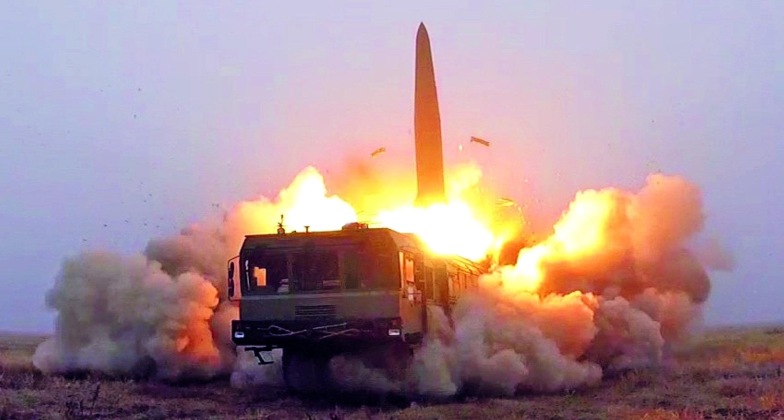News
How Russia Massively Expanded its Missile Stockpiles Ready for a Winter of War

NATO Secretary General Jens Stoltenberg on November 29 warned that Russia was set to intensify strikes on on Ukrainian infrastructure over the winter, and had amassed a very sizeable arsenal of anti surface missiles which it could use in the theatre. “Russia has amassed a large missile stockpile ahead of winter, and we see new attempts to strike Ukraine’s power grid and energy infrastructure, trying to leave Ukraine in the dark and cold,” he stated. The statement comes amid growing speculation that Western countries will press Kiev to accept a cessation of hostilities on terms put forward by Moscow, as further large scale American funding either for the continued functioning of the Ukrainian government or for the war effort appears increasingly unlikely to materialise. Growing acknowledgement in the West that Ukraine’s massive months long offensives against Russian positions from June ended in total failure, and signs of extreme casualties, growing munitions shortages, and flagging morale, between them indicate that Russia’s position in the conflict has become increasingly favourable.
Although the Russian defence sector’s productive capacities in almost all areas diminished very significantly following the disintegration of the Soviet Union, industries for surface to surface and surface to air missile systems have been among the healthiest and retained tremendously greater productive capacities compared to those in the Western world collectively. The Defence Ministry’s prioritisation of orders for missile systems due to their perceived high asymmetric value and cost effectiveness resulted in greater health in these industries across their supply chains, and as a result Russia has been able to tremendously increase output of key missile assets. This has not only kept up with munitions expenditures on the Ukrainian front, but also allowed the Russian Armed Forces to expand the number of units using key missile systems while at the same time facilitating continued exports to clients such as Belarus and India. Vast and growing superiority in surface to surface missile systems has continued to be a central factor providing Russian forces with significant advantages on the frontlines.

Taking the Iskander-M missile system as an example, deliveries in 2023 have been made at several times the rates seen before the outbreak of war in Ukraine. CEO of the Machine-Building Design Bureau responsible for producing the systems Sergey Pitikov stated accordingly at the Army-2023 Forum in August that “supplies surged by several times.” Similar surges in production for other systems, such as Kh-47M2 Kinzhal air launched ballistic missiles which saw output quintuple, have also been observed. The results of these production surges have been clear on the frontlines in Ukraine, a notable example being the conducting of ‘double strikes’ using Iskander-M systems which, while requiring expenditure of more missiles, have provided a means of significantly increasing casualties among Ukrainian frontline units. While Ukrainian and Western sources have consistently warned that Ukraine’s air defences have become increasingly critically depleted, allowing Russian missile assets to operate with greater effectiveness, strikes on Ukrainian infrastructure even by late 2022 were seen to potentially pose a risk of forcing the country’s population to totally abandon major cities. Accelerated strikes on key infrastructure and military positions remains a significant possibility should Russia seek to intensify pressure on Kiev and its Western supporters ahead of possible negotiations.












